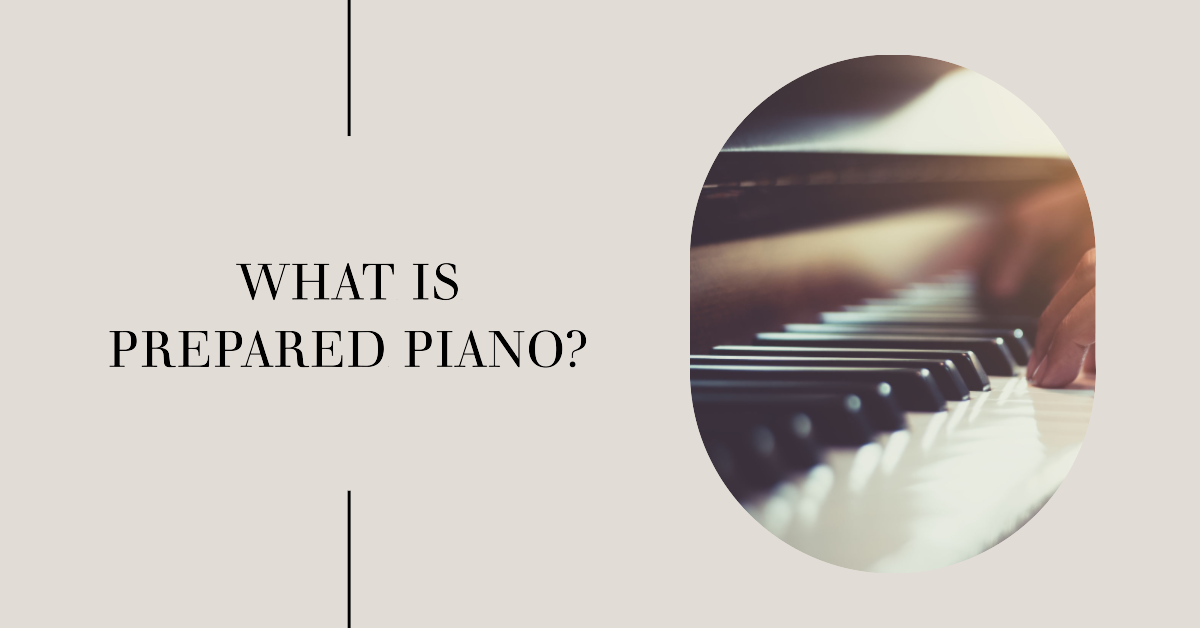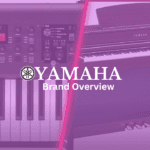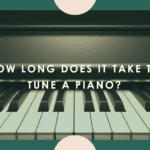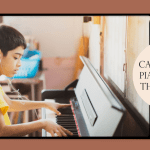The prepared piano is a unique and intriguing musical instrument used in various music genres, including classical, avant-garde, and experimental music. It is a standard piano that has had its sound altered by inserting various objects between or onto the strings of the instrument. This technique creates a range of new sounds and tones that are not typically associated with unaltered pianos.
Definition of Prepared Piano
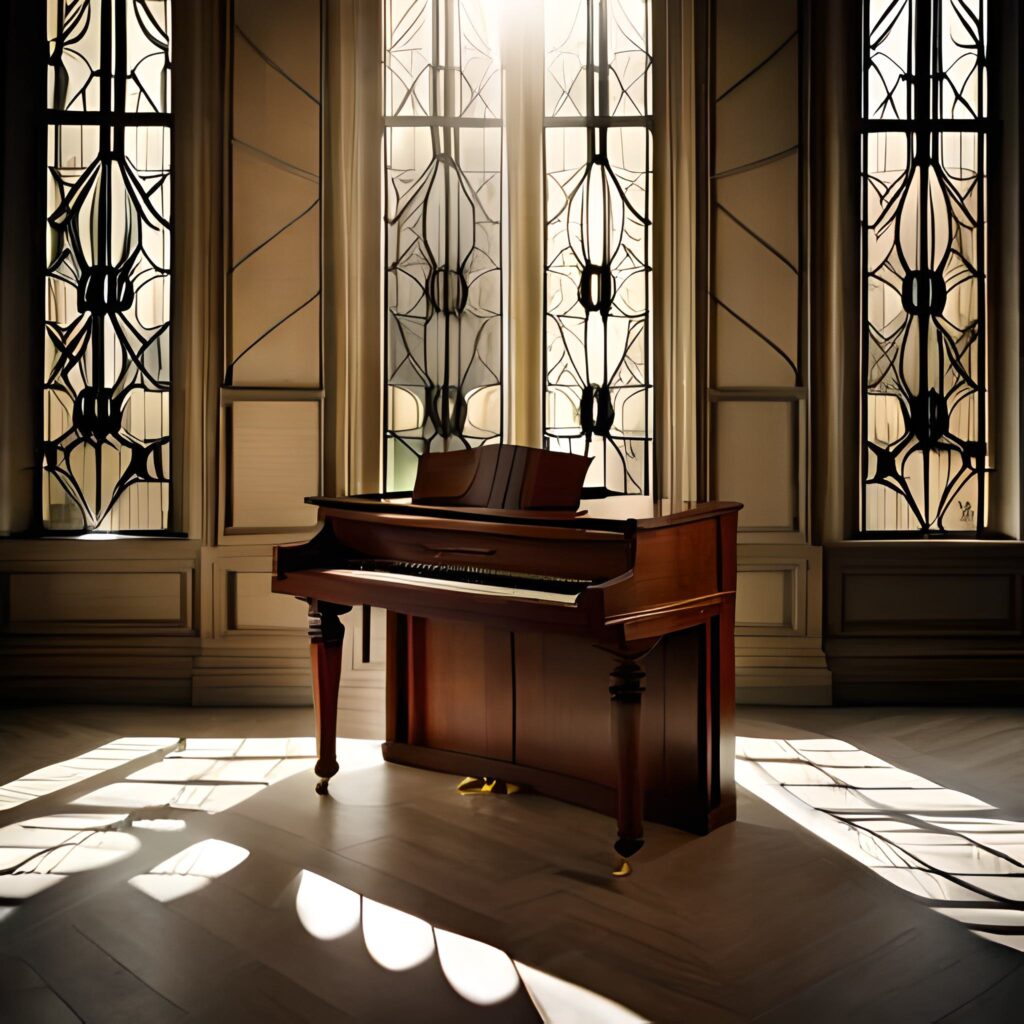
A prepared piano is a standard acoustic piano modified by placing various materials on or between strings, hammers, or dampers. These materials can include rubber bands, screws, bolts, pieces of wood or metal, paper clips, and other objects that create new sounds when the keys are pressed. This technique alters the natural resonance and timbre of the instrument, creating an entirely new sound world for composers and performers to explore.
Brief History of Prepared Piano
The concept of preparing a piano dates back to the early 20th century when composers began experimenting with unconventional methods of producing sound. American composer John Cage used prepared piano in his 1940 piece “Bacchanale,” which involved placing screws and bolts between the strings to create percussive effects.
Cage went on to develop this technique further in his 1948 work “Sonatas and Interludes,” which featured a fully prepared piano with objects placed on every single string.
Other notable composers who have used prepared piano in their works include George Crumb, Henry Cowell, and Karlheinz Stockhausen. Today, it remains an important tool for contemporary composers who seek unconventional ways to produce new sounds in their compositions.
How a Prepared Piano Works
Preparing a piano involves inserting various objects between the strings or attaching them to the instrument’s hammers, dampers, or other parts to alter its sound. This results in an entirely different timbre than what you would get from playing an unprepared piano.
The preparation process is performed by experienced technicians who use a variety of materials such as rubber, screws, bolts, erasers, and paper clips. The choice of materials affects the sound produced by the prepared piano.
For example, objects like screws and bolts produce more percussive sounds while rubber or felt creates a more muted effect. The objects used are carefully placed in specific locations to achieve desired results.
For instance, placing objects on strings can create buzzes or rattles while inserting them next to hammers can create unusual overtones. When preparing a piano for performance, it’s essential to keep in mind that not all pianos are suitable for preparation.
Some older pianos may have weaker frames that may not be able to handle added pressure from inserted objects. It’s best to consult with an experienced technician before attempting any preparations yourself.
Explanation of the Preparation Process
The preparation process involves several steps:
1) Assessing the condition of the piano: Before preparing a piano, it’s crucial to ensure that its parts are in good working order.
2) Selecting appropriate preparation materials: As previously mentioned, various materials can be used when preparing a piano depending on the desired sound.
3) Inserting selected elements into appropriate locations: Once you’ve selected your preferred materials for preparation and assessed your piano’s condition and suitability for this purpose (if needed), you will need to place them into their designated locations within your instrument.
4) Tuning your prepared piano: After you’ve prepared your instrument with various materials and played around with sounds enough times until you feel satisfied with the result, it’s essential to tune the piano appropriately.
The preparation process can be challenging and requires a great deal of skill and experience. Therefore, it’s best to leave such work in the hands of an experienced technician.
Examples of Common Materials Used for Preparation
Many different materials can be used when preparing a piano, each having a unique effect on the sound produced. Some common materials include:
– Rubber: This material is frequently used to create a soft dampening effect on strings or hammers. – Screws and bolts: These objects are inserted between strings or next to hammers to create percussive effects.
– Felt: Placing felt between strings can produce muted sounds. – Erasers: These are sometimes placed on hammers to muffle their sound.
– Paper clips: Paper clips produce unusual overtones when placed on strings. These materials can be used in various combinations and placed in different locations within the instrument, resulting in endless possibilities for creating new soundscapes with your prepared piano.
The Sound of a Prepared Piano
One of the prepared piano’s most fascinating aspects is its unique sound. While a traditional piano has a distinct, recognizable sound, a prepared piano can produce an entirely different range of tones and textures.
The preparation process alters the sound by adding objects to the strings inside the piano, which can create new harmonics and dampen certain frequencies.
Comparison between a traditional piano and a prepared piano
A prepared piano often has a more percussive and metallic tone than a traditional piano. The added objects can produce sounds that resemble percussion instruments such as wood blocks, maracas or even drums.
The resonance of notes can also be changed, with some sounding shorter or longer than they would on an unprepared instrument. The range of dynamics is also wider in some cases, with some notes being dulled so much that they barely make any sound at all while others are amplified and resonate for longer periods.
Description of unique sounds produced by a prepared piano
Some unique sounds that can be produced on a prepared piano include buzzing or rattling noises resembling insects or small animals scurrying about inside the instrument. Other preparations produce harmonics that fade in and out like ghostly echoes or metallic chimes.
Some composers have even used preparations to mimic specific sounds such as water dripping or machinery whirring. The possibilities are nearly endless when it comes to what kind of sounds you can create on a prepared piano; it all depends on how creative you are with your preparations.
Famous Composers Who Used Prepared Piano in Their Work
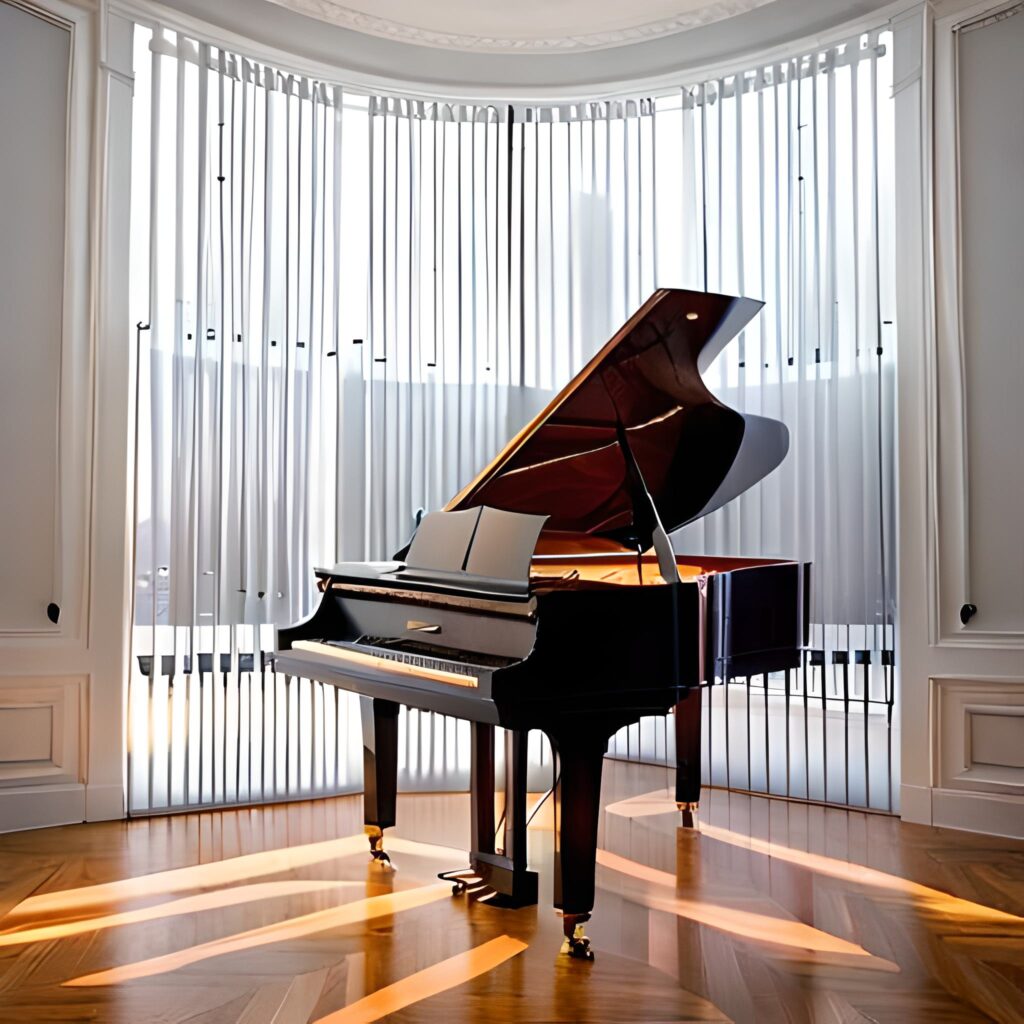
John Cage was one of the most famous composers who used prepared piano in his work. Cage was interested in exploring new methods of creating music and incorporating unconventional sounds into his compositions. He first experimented with preparing a piano in 1938, when he placed various objects such as bolts, screws, and rubber erasers between the strings of a piano.
This resulted in an entirely new sound that had never been heard before. Cage’s Sonatas and Interludes for Prepared Piano is one of his most well-known works featuring a prepared piano.
The piece consists of 20 solo pieces for piano, each using different preparations to create unique sounds. Cage’s use of the prepared piano paved the way for other musicians to experiment with new sounds and unconventional instruments.
John Cage and His Influence on the Use of Prepared Piano in Avant-Garde Music
Cage’s influence on avant-garde music cannot be overstated. His use of prepared piano was groundbreaking at the time and inspired countless other musicians to explore new methods of composition.
One aspect that made Cage’s work so influential was his willingness to experiment with different materials and techniques when preparing the piano. Cage saw music as an art form that included all types of sounds, not just traditional instruments or vocals.
He believed any sound could be used musically if organized properly. His innovative approach to composition had a profound impact on avant-garde music both during his lifetime and beyond.
Other Notable Composers Who Incorporated Prepared Piano into Their Compositions
In addition to John Cage, many other composers have used prepared pianos in their works. Some notable examples include:
- Mauricio Kagel: The German-Argentine composer created several works using prepared pianos, including a piece called Match for three players, in which each player is assigned a different part of the piano to prepare.
- Hans Werner Henze: The German composer incorporated a prepared piano into his opera, boulevard solitude.
- George Crumb: The American composer used prepared piano in his work Makrokosmos.
The use of prepared piano continues to be an important aspect of avant-garde music and experimental composition today. Many contemporary musicians and composers are still exploring the possibilities that come with preparing a piano and using it as an unconventional instrument.
Contemporary Use of Prepared Piano in Music Production
Unconventional Sounds: Examples of modern musicians who use prepared piano in their work
The use of prepared piano is no longer confined to the realm of academic and avant-garde music. In recent years, contemporary musicians from various genres have embraced the sound of prepared piano to create unconventional sounds that add a unique character to their music. One such musician is Hauschka, a German composer who uses an array of objects, including ping pong balls and bottle caps, to prepare his piano.
Hauschka’s approach to the prepared piano creates a rhythmic and percussive sound that blurs the boundaries between traditional classical music and experimental electronica. Another notable example is Nils Frahm, a German composer known for his minimalist compositions drawing on ambient, post-rock, and classical music elements.
Frahm has used the prepared piano extensively in his work, often placing objects like felt or tape on specific strings to dampen or alter their sound. The result is a hauntingly beautiful soundscape that evokes emotions beyond what traditional instruments can achieve.
Innovative Technology: Discussion on how technology has expanded the possibilities for using prepared pianos
Advancements in recording technology have also opened up new possibilities for using prepared pianos in modern music production. With digital audio workstations (DAWs) allowing for precise manipulation of sound waves down to microsecond levels, producers can experiment with different microphones placements and equalization settings to further refine and manipulate the resulting sounds.
Furthermore, digital software tools such as Kontakt have made it easier for musicians worldwide to access high-quality samples of recorded prepared pianos. This has democratized access to this once-esoteric instrument while also expanding its creative potential through digital manipulation.
Overall, it’s clear that contemporary musicians are pushing the boundaries of what the prepared piano can do. Whether through unconventional objects or innovative technology, artists are finding new ways to explore and exploit the unique sounds that only a prepared piano can produce.
Conclusion
Summary of Key Points
The prepared piano is an innovative concept that has been used in music for over a century. It involves modifying a piano by inserting various objects between or on the strings, which alters the sound produced by the instrument.
The original idea was pioneered by John Cage, who experimented with the technique in his compositions from the 1930s onwards. Since then, many other composers and musicians have explored and expanded upon this concept to create unique sounds and textures.
Throughout this article, we have discussed how a prepared piano works and explained some of the materials used in its preparation. We have also compared traditional pianos to prepared pianos, highlighting the unique sounds produced by a prepared instrument.
Additionally, we examined some famous composers who were instrumental in popularizing this technique within avant-garde music. We evaluated contemporary use of prepared pianos in music production and how technology has broadened possibilities for its use.
Reflection on Importance and Impact
The prepared piano represents an important milestone in musical history because it challenged traditional notions of sound production and composition techniques. By introducing objects into a piano’s structure to modify its sound quality, composers were able to push boundaries previously considered impossible or impractical to explore.
This paved the way for new forms of musical expression that continue to influence contemporary composition today. In addition to its groundbreaking impact on avant-garde music, the prepared piano also sparked interest among musicians from diverse cultures worldwide who sought new ways of making music with acoustic instruments they already possessed or could afford to procure easily.
Therefore, it is safe to say that not only did this innovation change how Western classical music was performed but also transformed how other kinds of music were created around the world. Overall, while there are many examples throughout history where innovation has brought about significant changes within different industries or areas of life altogether such as art, science, or technology, the prepared piano is a testament to the idea that creative thinking and experimentation can have a profound impact on music and culture.

